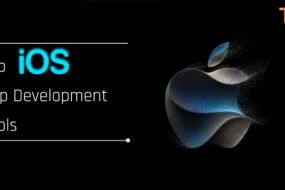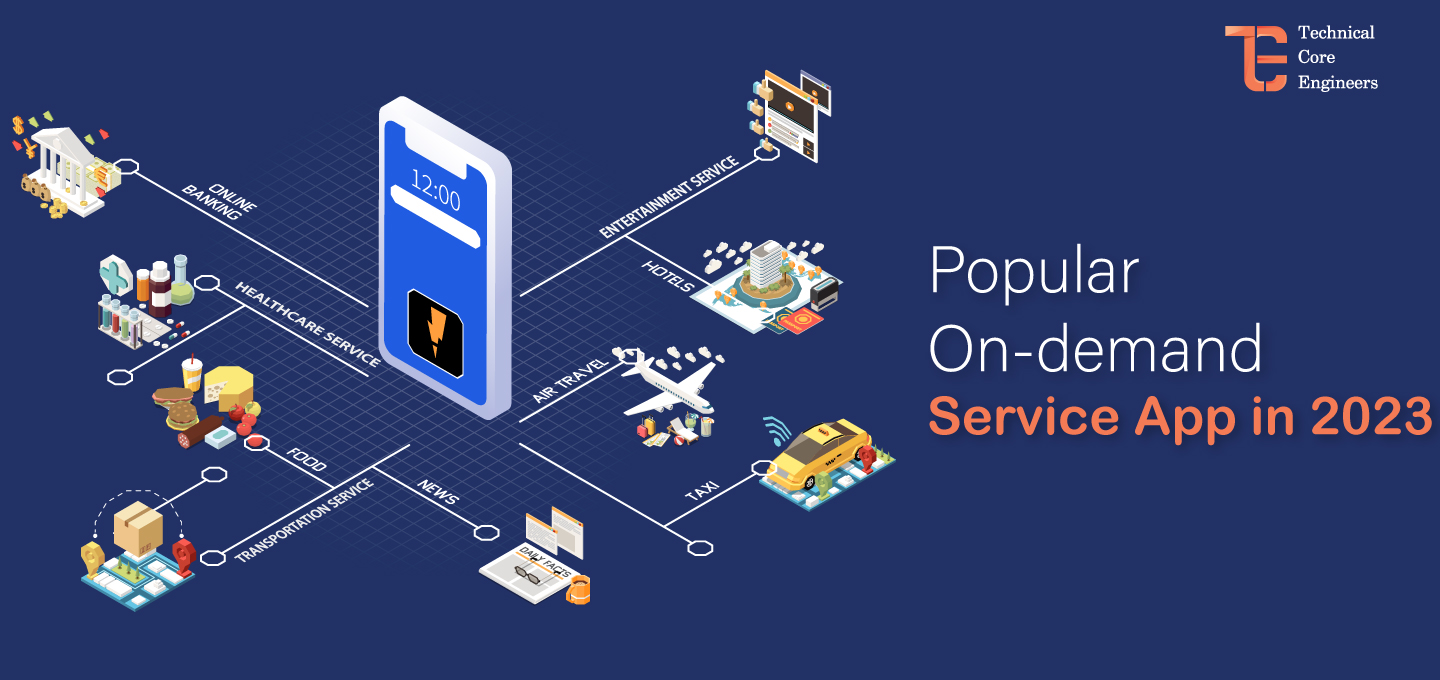- Home
- App Development
- React Native For Web: Knowing ...

React Native for Web: Building Cross-Platform Applications is a dynamic and avant-garde approach to contemporary app development that has altered the way developers produce cross-platform applications. React Native for online is emerging as a potent toolkit that bridges the gap between online and mobile development in response to the constantly increasing need for unified user experiences across multiple devices and platforms.
React Native for Web (RNW) is a community-maintained compatibility layer that allows developers to create web apps using React Native. It uses React DOM to render React Native-compatible JavaScript code in a web browser. This brings several powerful abstractions to web developers, including:
- A Simple Style in JavaScript API
- Built-in layout localization
- A high-level gesture system
- Support for React Native components and APIs
RNW is still under development, but it has already been used to build production-ready web apps by companies such as Twitter and Flipkart.
React Native For Web
With the help of the open-source package React Native for the Web, programmers may create web apps using the React Native framework.
Originally developed by Facebook, React Native is a well-liked framework for creating native mobile applications for iOS and Android that use JavaScript and React.
Developers can now build code that can run on both web browsers and mobile platforms thanks to React Native for Web, which expands the functionality of React Native.
React Native for Web is a framework that allows developers to build cross-platform web and mobile applications using a single codebase. It is built on top of React, the popular JavaScript library for building user interfaces.
To build a React Native for Web application, developers simply need to use React Native components and styles. React Native for Web will then automatically translate these components and styles into native web components and CSS.
This means that developers can build web and mobile applications using the same codebase, without having to learn separate technologies for each platform. This can save a lot of time and effort, especially for teams that need to build and maintain applications for multiple platforms.
Fundamentals of React Native for Web

The fundamentals of React Native for the Web are the same as the fundamentals of React. These include:
Modern React
Whether you are developing online applications or mobile apps utilizing React Native, “modern React” often refers to the most recent best practices and patterns in React development.
Functional components, hooks, and a component-driven approach are the main emphasis of contemporary React programming, whether for the web or mobile utilizing React Native for the Web. It makes it simpler to maintain and scale your applications while emphasizing simplicity, reusability, and performance optimization.
Modern Web
The book “Modern Web: Fundamentals of React Native for Web” takes readers on a thrilling voyage through the dynamic world of online development, where React Native’s strength and the web’s adaptability converge. We’ll examine the core ideas and procedures that underpin contemporary web development with React Native for Web in this in-depth guide.
React Native for Web emerges as a game-changer at a time when the need for cross-platform apps is at an all-time high, enabling developers to use their React Native expertise to create web applications that are not just responsive but also performant.
This book gives you the skills and knowledge required to fully utilize React Native for the Web, whether you’re an experienced developer trying to diversify your toolbox or a novice eager to explore the world of cross-platform programming.
Component Of React Native For Web
Components of React Native for Web extend the capabilities of React Native to web development, making it simple for programmers to build dynamic and responsive web apps. This investigation will reveal the fundamental components of React Native for the online ecosystem, bridging the gap between online and mobile programming.
As we dive into these elements, we’ll see how they make it possible to build online applications that have a fluid user interface similar to that of native mobile apps. Each component performs a distinct role in organizing, styling, and presenting information, and understanding their roles is important to learning React Native for the Web.
Style Of React Native For Web
The “Style of React Native for Web” provides a crucial component of React Native-based online and mobile programming. This investigation will focus on style inside the framework of React Native for the Web, enabling you to design aesthetically attractive and functional user experiences.
In order to create user-friendly, engaging online apps, styling is a crucial component. In this manual, we’ll reveal the methods and resources that provide programmers the ability to decide how their web apps should seem and function while assuring a unified and cohesive design language.
Development Experiance
Every successful software project is built upon the “Development Experience”. It includes the techniques, procedures, and best practices used by programmers to produce effective, dependable, and maintainable programs. So, In this investigation, we will go into the realm of the development experience and explore the methods and approaches that result in successful and pleasurable software development.
Building high-quality software effectively requires a smooth and productive development process. It entails choosing the appropriate development tools, establishing efficient workflows, and encouraging team member engagement. It also has the capability to quickly troubleshoot and debug problems, ensuring that the development process stays efficient and seamless.
Expo
The “Expo” platform, which is strong and adaptable, has changed the way that mobile app development is done. While removing much of the complexity often connected with mobile development, it offers a simple and approachable way to create cross-platform apps for iOS and Android.
In this investigation, we’ll go into the realm of the Expo to learn more about its fundamental ideas, practical applications, and distinctive development experience. Whether you are an experienced developer trying to speed up your mobile app development workflow or a novice eager to explore the world of app development, this manual will provide you with the information and abilities required to unlock Expo’s full potential.
Good Communication Supports
Building productive and efficient online apps with the React Native framework requires good communication support in React Native online. The foundation of a well-structured and responsive user interface is communication between components, both parent and child.
In this investigation, we’ll go deeply into the numerous best practices and communication channels that React Native for the Web provides. A continuous data flow across your application, enabling dynamic changes, user interactions, and a consistent user experience, is ensured via clear and strong communication.
Navigation
In order to build smooth and user-friendly online apps that make the most of the React Native framework, Navigation in React Native for Web is a crucial component. Users may easily navigate between different screens or views of your application with the help of effective navigation, creating a seamless and simple user experience.
We will explore the realm of navigation in React Native for Web in this investigation, learning about the fundamental ideas, resources, and best practices that empower programmers to design powerful navigation systems. This manual will provide you with the skills and knowledge required to design compelling online apps, whether you are an experienced developer looking to improve your navigational abilities or a novice eager to grasp the nuances of routing in React Native for online.
Advantages of React Native for Web

- React Native for Web allows developers to build web and mobile applications using a single codebase. This can save a lot of time and effort, especially for teams that need to build and maintain applications for multiple platforms.
- React Native for Web uses native web components and CSS, which can result in faster performance than traditional web applications.
- React Native for Web applications can have a more native look and feel than traditional web applications. This is because React Native for Web uses native web components and CSS.
- enables the execution of web-specific applications with platform awareness. It’s important to identify the platform so that you can only run code that is compatible with the current platform because we can’t truly rely on all APIs to function.
- support for server-side rendering. You can hard-code the HTML document string that will be used to render the application using AppRegistry.
- By utilizing Expo Web as a wrapper for React Native Web, you can start a single Expo project that can be run on the web, iOS, Android, and even desktop.
- Expo Web supports Progressive Web Apps.
Conclusion
In conclusion, React Native for Web is a strong and adaptable solution that enables React Native’s advantages in web development. By sharing a large percentage of the software, it enables developers to construct cross-platform applications that function flawlessly on both web browsers and mobile devices.





